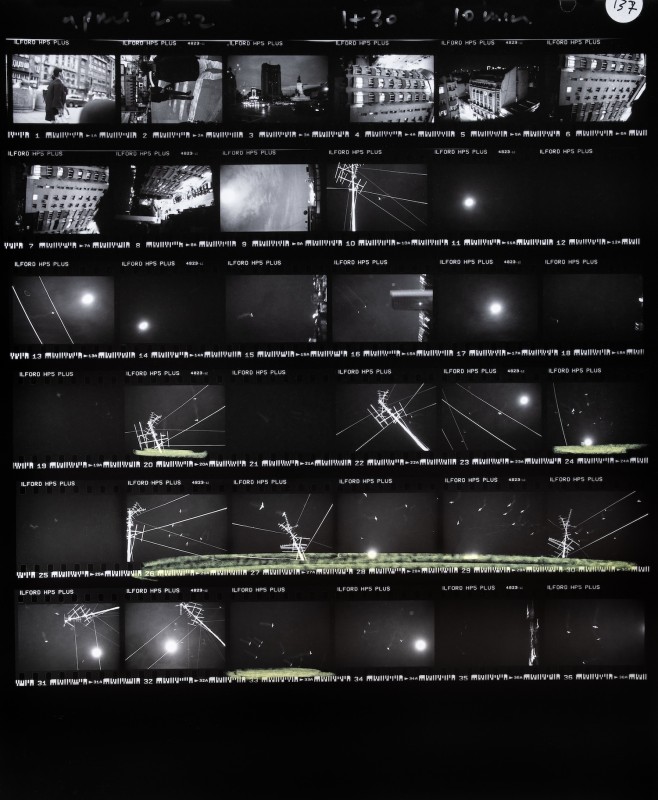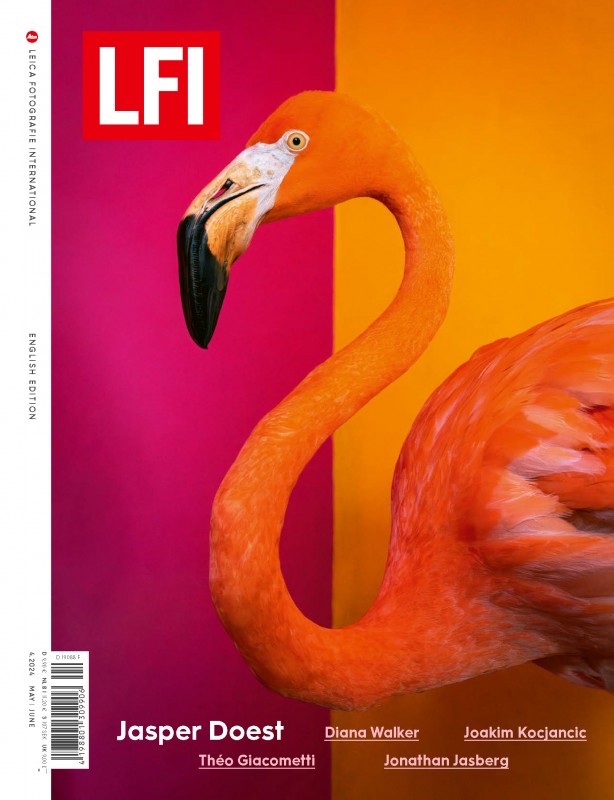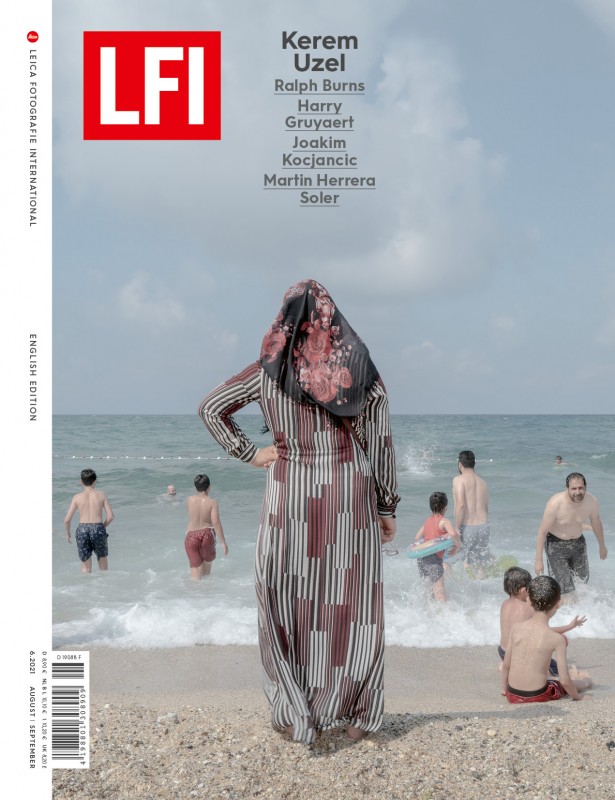My Contact Sheet
My Contact Sheet
Joakim Kocjancic
May 23, 2024

Joakim Kocjancic: On the streets, situations often unfold rapidly, and I don’t take more than one or two frames and try to be selective in my shooting. As I use film, I ask myself, “Do I really want to photograph it or not?” However, as you can see from the contact sheet, if I encounter a particularly interesting situation, I capture a sequence of stills. Additionally, when taking portraits or at events like a concert, there are times when I shoot several rolls.
In this series, you left the street and looked for a rooftop view. Does this happen often? Why?
In my previous body of work, Europea, I blended city views with people and street scenes. I’ve always been fascinated by the macro-micro connection in the city – the vast landscape of buildings and light, juxtaposed with the multitude of lives within each building. When I visit a city for the first time, I always seek to view it from above or from a plane; I need that perspective to better understand its shape.
Can you remember when and where the photos on the contact sheet we show here were taken?
I believe it was in 2022 when I was staying in an apartment on Calea Victoriei in the central area of Bucharest. Each time I visit Bucharest, I rent a different apartment in an area I wish to explore more during that specific period. I’m always on the lookout for a nice view from the apartment, and this time I knew it was on the top floor. Fortunately, upon arrival, I discovered I could access the rooftop. One evening, my friend and photographer Andrei Becheru – who has been assisting me with the project – and I spent time looking at my photos from Bucharest and listening to music, Brian Eno and Floating Points mostly. It was a very inspiring evening, during which we shared many thoughts and feelings about photography and life. Towards the end of the evening, I noticed some seagulls flying very close to the balcony from the window, and I immediately thought, “This is a photograph”. After Andrei left, I took my Leica with a strong flash and headed up to the rooftop. It was also a full moon that evening, so I spent some time on the roof waiting for the birds to fly close enough to capture. It was magic.
What changes in the mood of Bucharest at night?
The streets of Bucharest at night are extremely quiet and surreal. Old buildings, some abandoned, with cables hanging and plants growing over them... and the streetlights create cinematic or theatrical scenes ready to be photographed. In the past I haven’t taken many photographs at night; for instance, in Europea, I think I only have some cityscapes at dusk or nearly dark. I always considered myself a daytime photographer, capturing busy streets in daylight – that was when I felt conditions were best. Nevertheless, during my time in Bucharest, I gradually became more interested in the night. I started to experiment with using flash, something I had never really done before. Only a few things or details are visible, the atmosphere becomes stronger, more enigmatic, and moody, evoking a certain dreamlike state that the night possesses. The night in Bucharest also felt very welcoming; I never felt scared or in danger. It was really like walking in my subconscious, hunting for more dreams.
LFI 4.2024+-
See the Bucharest portfolio in issue 4/2024 of the LFI magazine. More
LFI 6.2021+-
The Europea portfolio appeared in issue 6/2021 of the LFI magazine. More
Joakim Kocjancic+-
was born in Milan in 1975. After studying Painting at the Academy of Fine Arts in Florence and Carrara, he got an MA in photojournalism in London, then lived and worked in a number of European cities. In 2006 he moved back to Stockholm, where he has been a member of the Swedish photo agency Linkimage since 2009. Following Paradise Stockholm (Journal, 2014), Europea is his second monograph, published in 2020 by Max Ström. More



